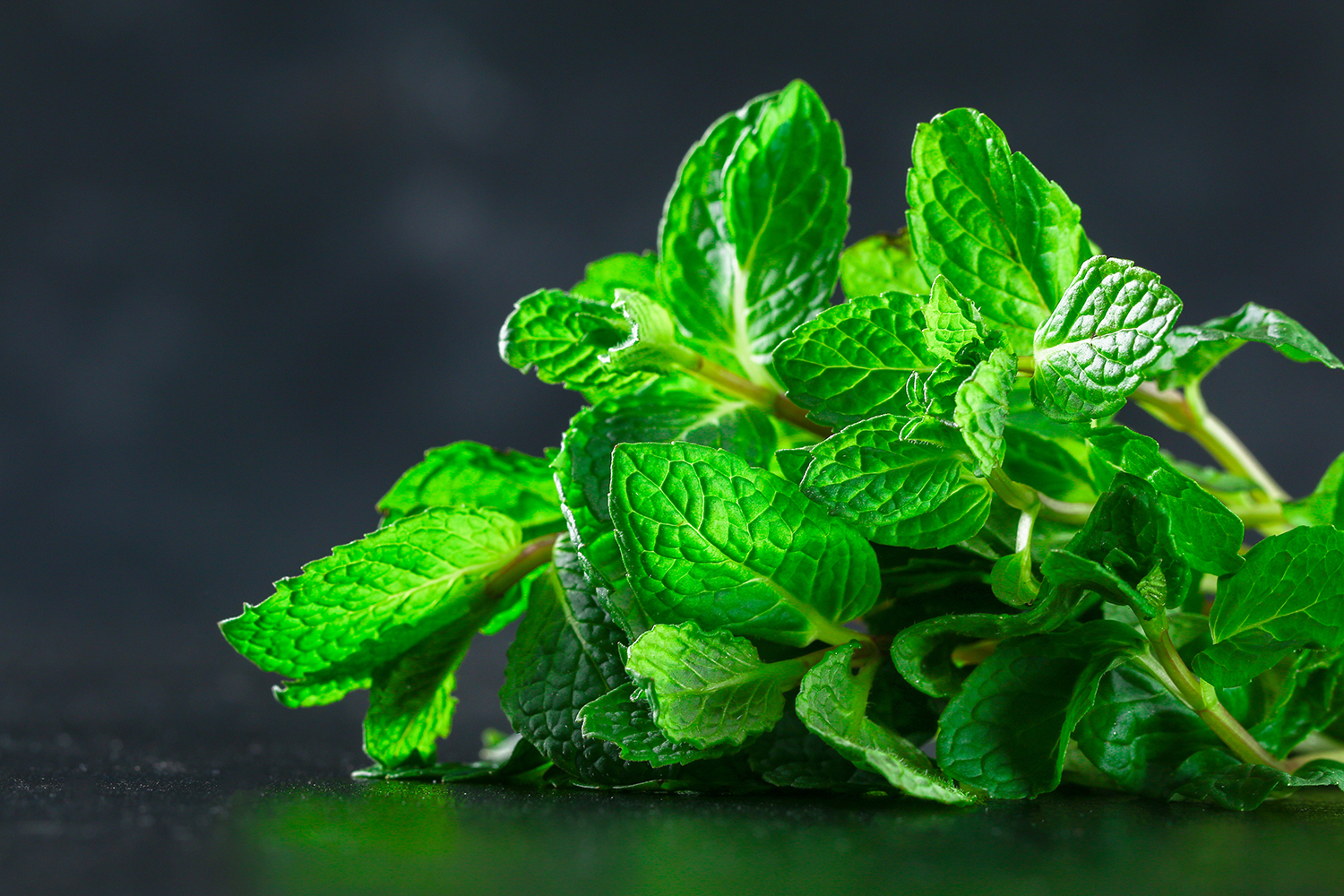Spearmint is an easy-to-grow herb that adds fresh flavor to drinks and dishes. It grows quickly and can take over a garden if not controlled, which is why planting it in a pot is a great idea. Follow these steps to successfully grow spearmint in a container.
What You Need
- A large pot (at least 12-16 inches in diameter with drainage holes)
- Potting mix (light, well-draining soil)
- Perlite or sand (for better drainage)
- Mint seeds or seedlings
- Spray bottle for watering
- A plastic cover or clear bag (optional, to speed up germination)
Step 1: Prepare the Soil
Spearmint thrives in moist but well-drained soil. To create the perfect mix:
- Use two parts of potting soil (to provide nutrients)
- Add one part sand or perlite (to improve drainage)
- If available, mix in one tablespoon of crushed eggshells per liter of soil (this adds calcium and reduces soil acidity)
Why is this important?
Mint does not grow well in heavy, compacted soil. A light, airy mix allows roots to spread freely and prevents excess moisture buildup, which can cause root rot.
Step 2: Choose the Right Pot
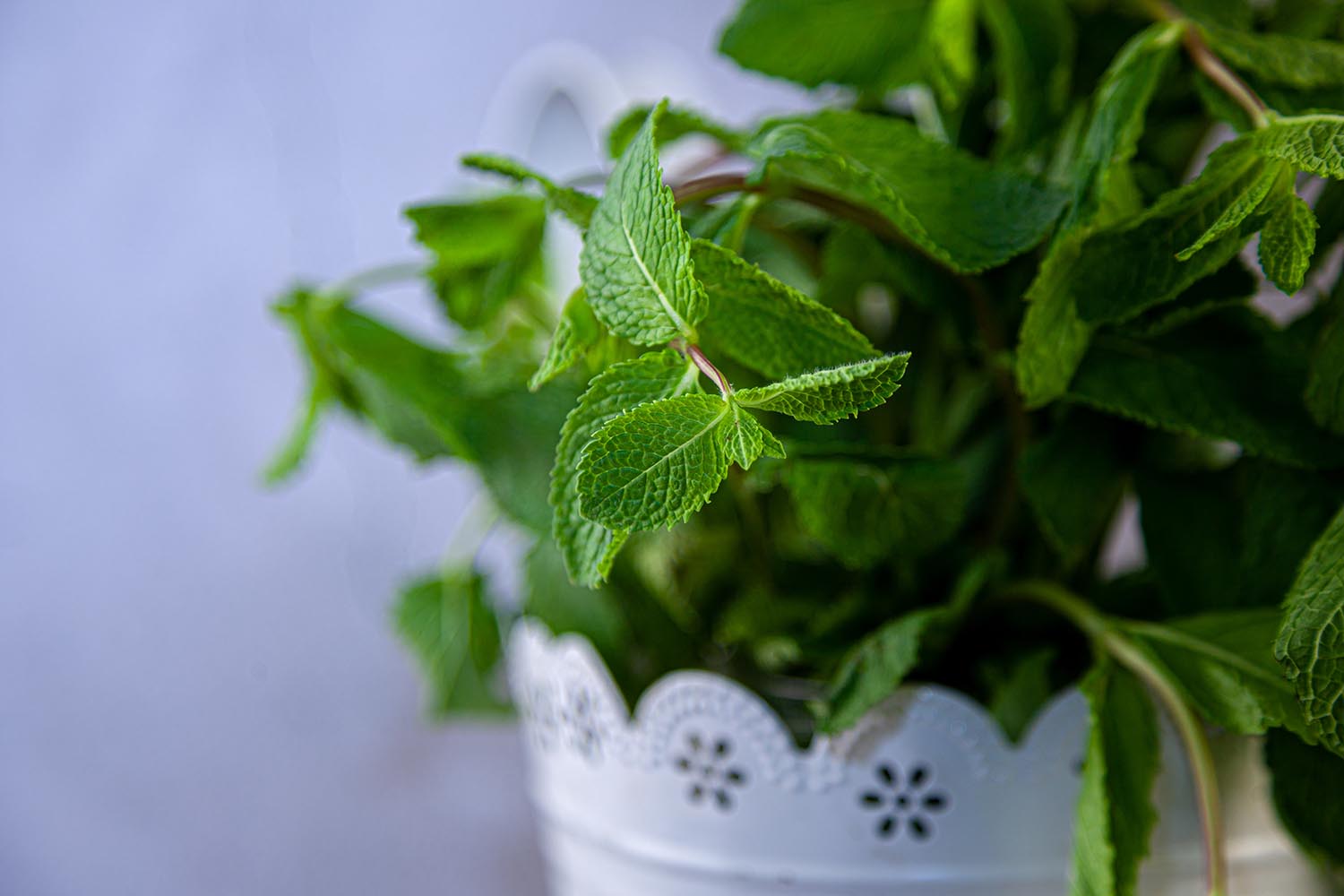
- Select a large container with drainage holes.
- If planting multiple mint plants, leave 8-12 inches of space between them.
- To control mint’s aggressive root growth, place a plastic ring around the plant inside the soil.
Why is this important?
Mint spreads quickly. A large pot provides enough space for growth, and a plastic ring prevents roots from overtaking the container.
Step 3: Planting the Seeds or Seedlings
If Using Seeds:
- Fill the pot with soil, leaving 1-2 inches of space from the rim.
- Lightly press the seeds into the soil but do not cover them—mint seeds need light to germinate.
- Spray the soil gently with water to keep it moist but not soggy.
- Cover the pot with plastic wrap or a clear lid to maintain humidity.
Germination takes about 10-15 days.
If Using Seedlings:
- Dig a small hole in the soil.
- Place the seedling in the hole and gently press the soil around it.
- Water lightly after planting.
Step 4: Watering Your Mint
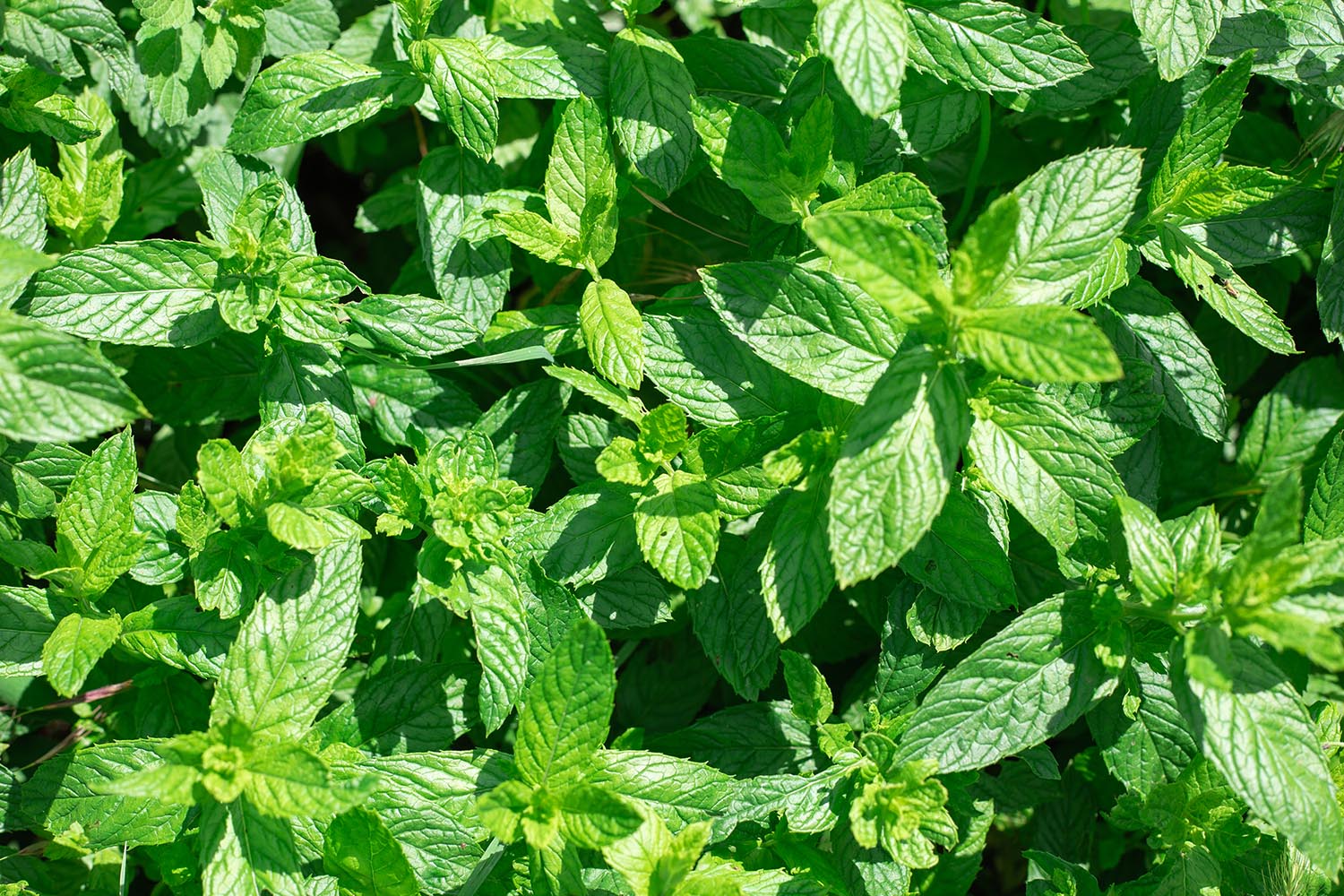
Mint prefers moist soil but does not tolerate standing water.
- Water when the top inch of soil feels dry.
- Avoid overwatering—excess moisture can lead to root rot.
- If using a saucer under the pot, always empty it after watering.
Why is this important?
Consistent moisture keeps the plant healthy, while overwatering can cause fungal diseases.
Step 5: Light and Temperature
- Mint grows best with 4-6 hours of indirect sunlight per day.
- If growing indoors, place it near a south-facing window or use a grow light in winter.
- Ideal growing temperature is between 65-77°F (18-25°C).
Why is this important?
Too much direct sunlight can dry out the soil, while insufficient light can lead to weak, leggy growth.
Step 6: Fertilizing Your Mint
Mint does not require heavy feeding, but occasional nutrients can help.
- Add compost every few weeks for a natural boost.
- Use a liquid fertilizer once a month during the growing season.
Why is this important?
Over-fertilizing can lead to leggy growth and reduced flavor. Organic compost provides balanced nutrients without overstimulating the plant.
Step 7: Pruning and Harvesting
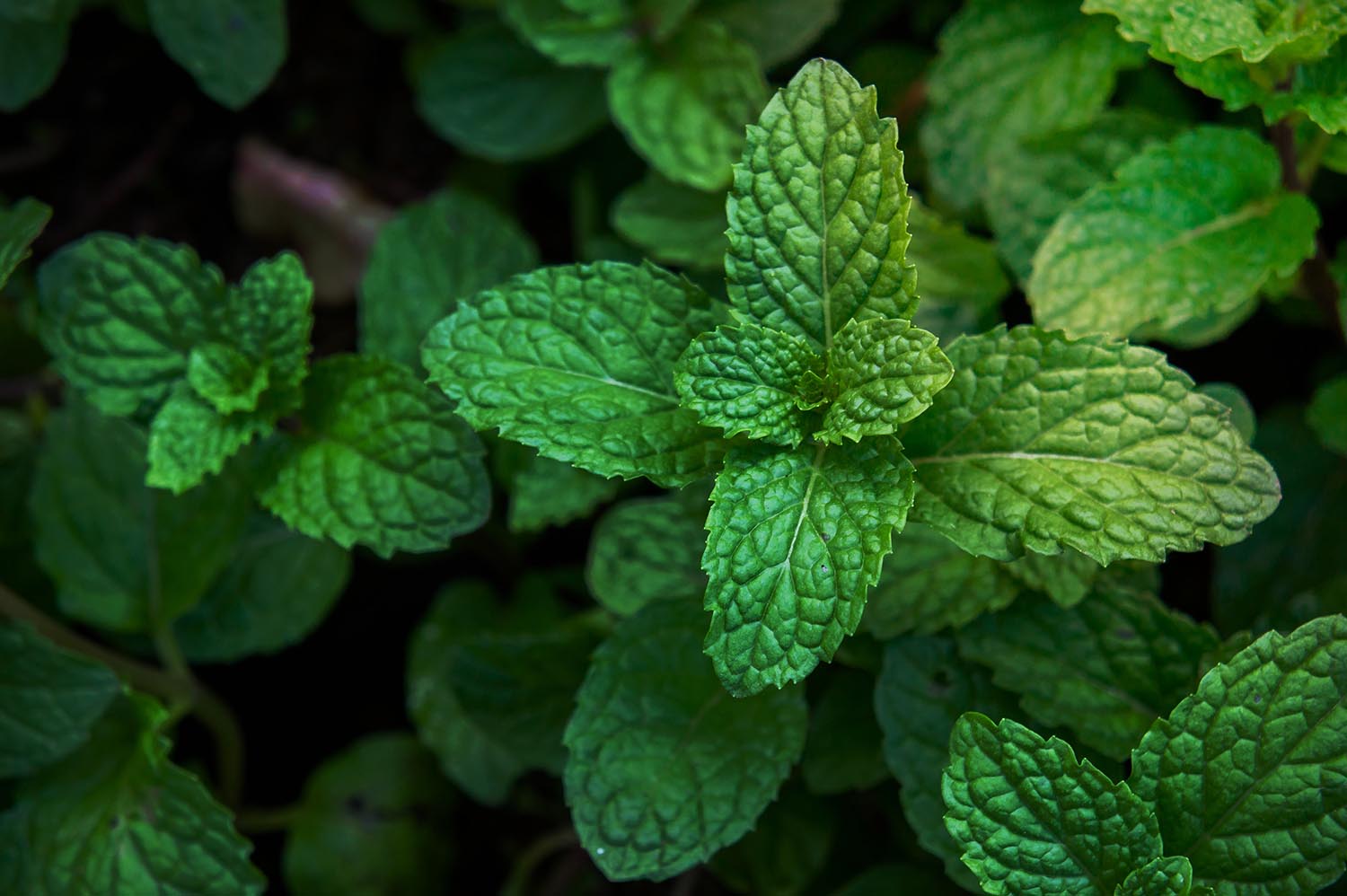
- Trim mint regularly to keep it bushy.
- Once the plant reaches 6 inches in height, cut the top leaves to encourage more growth.
- Always harvest from the top, leaving lower leaves intact to maintain plant strength.
Why is this important?
Regular pruning prevents the plant from becoming tall and spindly, ensuring a steady supply of fresh leaves.
Step 8: Controlling Growth
Mint is an aggressive grower, so it's important to manage its spread.
- Grow it in a separate pot rather than mixing it with other herbs.
- Trim runners (long horizontal stems) to prevent the plant from taking over.
Why is this important?
Mint’s fast-spreading roots can overrun other plants if left unchecked.
Step 9: Winter Care
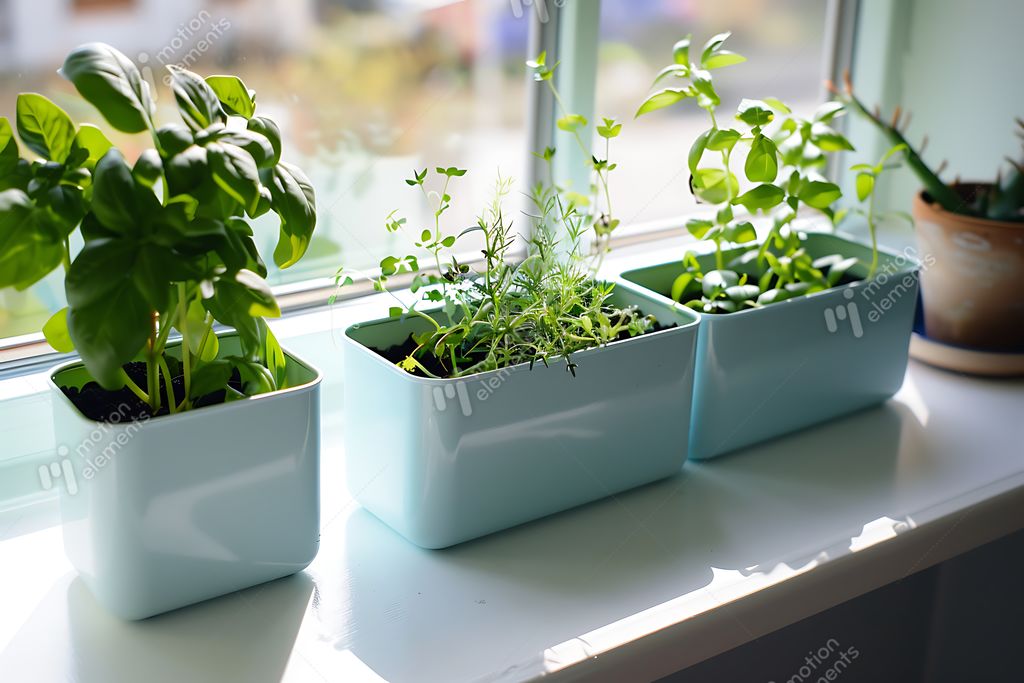
- If grown outdoors, mint will die back in winter but regrow in spring.
- Protect the roots with a layer of dry leaves or straw.
- Move potted mint indoors if temperatures drop below freezing.
Why is this important?
Although mint is hardy, container plants are more exposed to extreme temperature changes and need extra protection.
Final Tips for Healthy Mint
- Water consistently but avoid waterlogging.
- Keep in partial shade or indirect light.
- Prune often to encourage fresh growth.
- Grow mint in its own container to prevent it from overtaking other plants.
By following these steps, you can enjoy fresh, fragrant mint all year round!
easyDacha app
It simplifies the process by analyzing your space and suggesting crops that will thrive based on factors like sunlight, water availability, and ground type. It even provides step-by-step to-do lists tailored to your location and climate, ensuring you never miss a critical gardening task.
🌱 Join our pre-launch list today to get early access and make your gardening journey smoother, more productive, and more enjoyable!
Happy gardening! 😊
